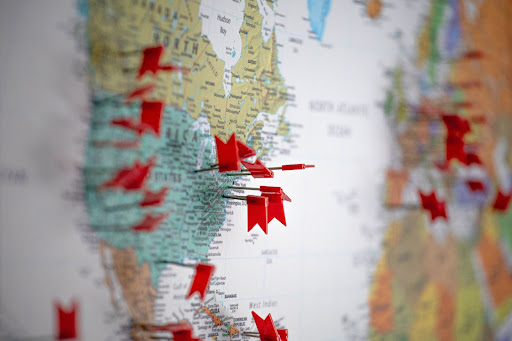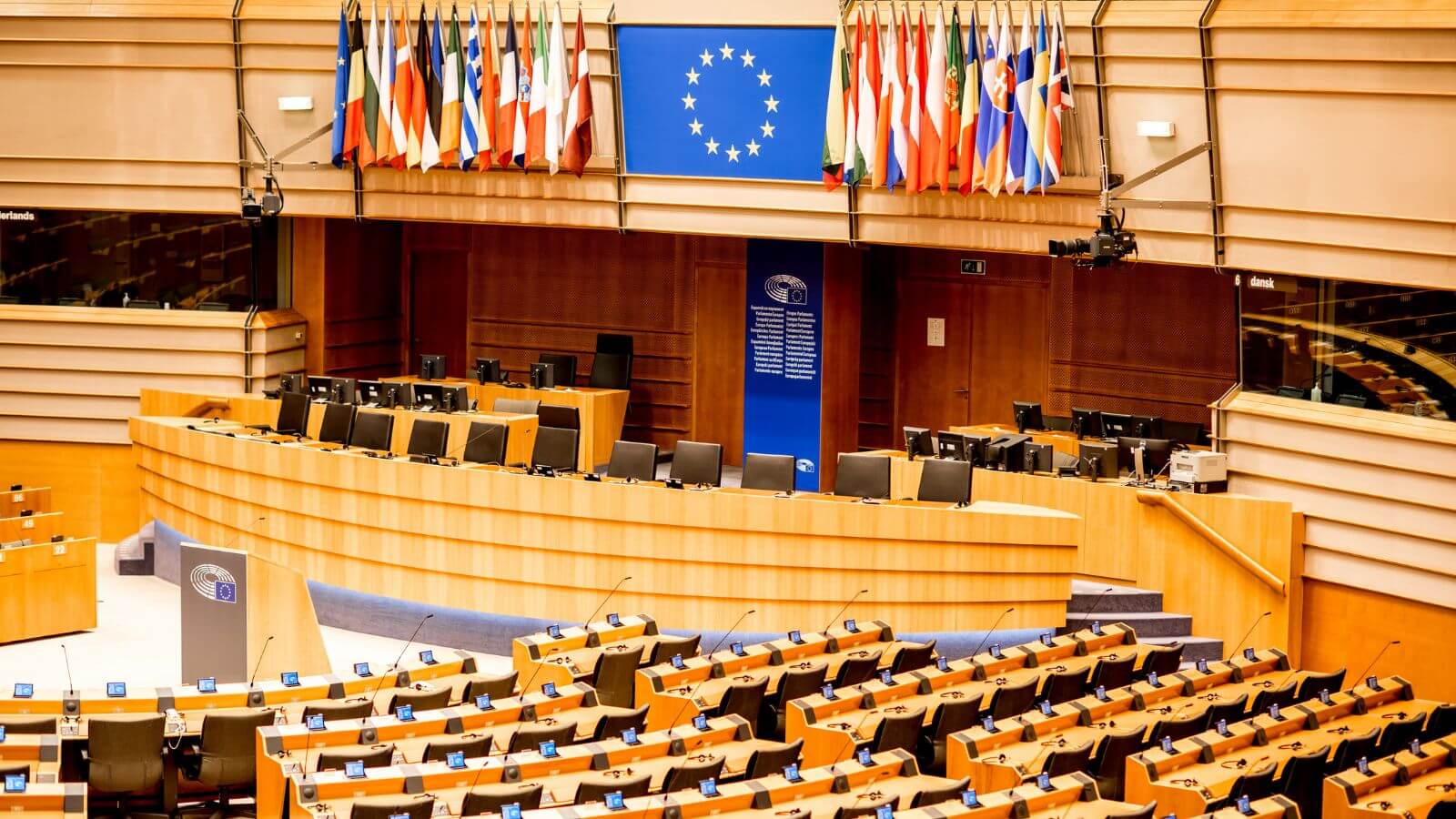In the modern age, many businesses are looking to branch out with international sales thanks to the growth in online marketing through social channels and Google. Amazon also offers simple global distribution solutions making it easier than ever to sell your products in other countries. But you might be wondering how you should approach setting up businesses in other countries and how to approach HR on a global scale. If you are looking for advice on Global HR, this guide explains how you can deliver HR globally with speciality mobility services.
One of the main challenges in expanding internationally is making sure that you have good staff in place to oversee operations. As much now as ever before, companies have realised that human resources and intellectual capital are just as important as financial assets. That’s why it is important to ensure you have the right HR structure in place to expand this on a global scale. It is also important that you recognise important staff and offer competitive salaries, pay rises and benefits packages to meet their needs and retain your assets. We have put together a helpful list of where to get started with Global HR.
Step 1: Appoint Locals Where Possible
The first step in building a global HR program is making sure that where possible, you appoint and hire local people in management positions. When expanding internationally, it can be tempting to place managers who are native to the country you are based in to ease the process. This is commonplace in business but can often create a divide and native people will have a much better understanding of the local market. Moving specialists across to the new country, such as data analysts, can be much more beneficial to assist the managers and set up in the new location. First, find out what experience they might be lacking and look to mobilise your workforce in that manner before you consider management positions.
Step 2: Build a Global Resource Database
Many businesses are great at calculating their financial assets or physical resources worldwide, but have you considered a global database for your employees? Tracking the success of your employees can be vital for Global HR and the development of your company internationally. But this shouldn’t just focus on senior management, as middle managers are often overlooked in the pipeline. Talent is difficult to retain and knowing which of your middle managers could be ready to take a promotion in another branch, either in the same country or internationally, can really help to grow your business. Make sure you have a development process for monitoring skill sets and making sure you are tracking the success and progress of your employees.
Step 3: Think About a Global Mobility Pyramid
If you want to expand your business internationally, one of the biggest challenges is finding skilled workers to make the leap of faith and take a position abroad. HR departments often view workers as either willing or not-willing to move abroad but a cultural change is needed to help grow your business. Think about a pyramid in which your employees have different flexibility and willingness to travel. For example, are they rooted to their home nation? Are they willing to cross borders on short projects? Are they happy to travel regionally? Are they willing to work abroad for a fixed short term? You may find your employees are willing to say yes to some of these scenarios more than they would be moving abroad permanently. This allows more flexibility for the business and allows you to make full use of your assets.
Step 4: Set Up Fixed Skills Requirements
The next step in aligning your business with a global HR strategy is making sure that you have fixed skills requirements for each position in your business. Set defined levels of experience, qualifications and skillsets that an employee needs to progress their career and position within your business. Not only will this allow you to track specific skill sets across your business, but it will also drive your employees to set goals and targets for promotions and job opportunities. This could not only help you to redistribute employees where they are most needed, but it would also help with retention. Making training and experience opportunities is also essential in this strategy but it will benefit your business massively in the long term.
Step 5: Advertise Jobs Internally First
To follow up on training and fixed skill sets it is important that you advertise positions internally before offering them out to the public. Many large corporations already follow this process by advertising job roles on company intranets but you could take this one step further. Run internal newsletters and sign up all employees so you are advertising roles and making your staff aware. Promoting from within can save a huge amount of time and also be better for the business if the employee is already familiar with your policies and way of working. Sometimes there might not be anybody suitable internally or anyone willing to make the move, but you should always offer it up internally first. You should also always have a program for local hire too for entry-level and mid-management roles – a combined strategy is always best.
By following these key steps, you should be well on your way to building a successful global HR program and finding the right employees for your business. But global mobility is always difficult and it can be hard to make the jump for small and medium-sized enterprises. If you are looking for global mobility services, Gerson Relocation can help make sure you have everything you need.






